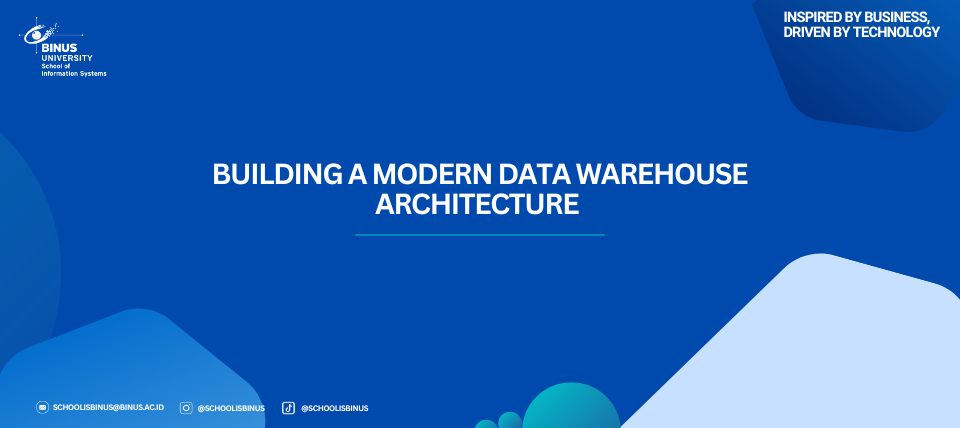Building a Modern Data Warehouse Architecture

In today’s data-driven economy, businesses rely on fast, accurate insights to stay competitive. As data volume, variety, and velocity increase, traditional data warehouses struggle to meet modern analytical demands. That’s why organizations are shifting toward modern data warehouse architectures—cloud-native, flexible, scalable, and built to support real-time analytics, machine learning, and complex data pipelines.
This article outlines the core components, best practices, and technologies behind modern data warehouse architecture.
- Key Principles of a Modern Data Warehouse
A modern data warehouse must be:
- Cloud-native and elastic: Able to scale storage and compute independently
- Real-time ready: Supports streaming data ingestion and analysis
- Open and interoperable: Integrates with various data sources, APIs, and analytics tools
- Secure and governed: Ensures data privacy, access control, and compliance
- AI/ML friendly: Supports data science and machine learning workloads
- Core Components of Modern Data Warehouse Architecture
1.Data Sources
Data is collected from multiple sources, including:
- Operational databases (e.g., PostgreSQL, MySQL, MongoDB)
- CRM/ERP systems
- Web logs and IoT devices
- APIs and third-party platforms
- Data Ingestion Layer
Responsible for moving data into the warehouse. Two primary methods:
- Batch processing (e.g., scheduled ETL jobs)
- Streaming ingestion (e.g., Apache Kafka, AWS Kinesis)
Tools: Fivetran, Airbyte, Apache NiFi, Talend
- Staging Area (Raw Zone)
A temporary area where raw data lands before being transformed. Useful for debugging, audits, and reprocessing.
- ETL / ELT Processes
- ETL (Extract, Transform, Load): Traditional method, transforms data before loading.
- ELT (Extract, Load, Transform): Modern approach, performs transformations inside the warehouse using SQL.
Tools: dbt (data build tool), Apache Spark, Informatica
- Data Warehouse / Lakehouse Storage
This is the heart of the architecture.
Popular platforms:
- Snowflake – Cloud-native and scalable
- Google BigQuery – Serverless and real-time
- Amazon Redshift – Deep AWS integration
- Azure Synapse Analytics – Hybrid analytics and data lake
- Databricks – Unified Lakehouse with strong ML support
- Data Modeling Layer
Structured views of the data using dimensional models (star/snowflake schema), normalized schemas, or even denormalized flat tables.
Tools: dbt, Power BI, Tableau, LookerML
- Semantic Layer
Provides business-friendly data definitions and metrics (e.g., “Revenue,” “Active Users”) to ensure consistency across teams.
- BI & Analytics Tools
Where end users access and analyze the data:
- Dashboards: Power BI, Tableau, Looker
- Ad hoc analysis: SQL workbenches, notebooks (Jupyter)
- AI/ML: SageMaker, Vertex AI, Databricks Notebooks
- Reference Architecture Diagram
(You can visualize this with a simple left-to-right flow chart) Data Sources → Ingestion Layer → Staging (Raw Data) → ETL/ELT →
Data Warehouse / Lakehouse → Modeling Layer → BI/Analytics/ML
A modern data warehouse architecture empowers businesses to deliver real-time insights, scale effortlessly, and unlock the full potential of their data. With cloud-native platforms, ELT processes, and seamless integration across BI and machine learning tools, organizations can transform data into a competitive advantage.

